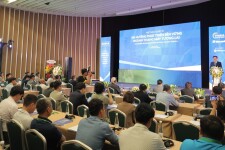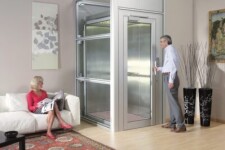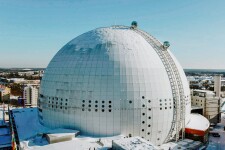According to statistics of the Department of Cultural Heritage - Ministry of Culture, Sports and Tourism, as of December 31, 2020, there are over 40,000 relics nationwide that have been inventoried and cataloged according to regulations. According to the Law on Cultural Heritage, there are 119 special national monuments, 3,560 national monuments, and nearly 10,000 provincial and city relics. The aforementioned historical, cultural and scenic sites are managed, protected and promoted in accordance with the law on cultural heritage.
In the process of integration, cultural heritage becomes an attractive destination for domestic and foreign tourists, an important endogenous resource for the development of the country. We can see that through the statistics of 2019, international and domestic tourists to visit heritage sites in Vietnam increased sharply, bringing a great source of revenue from entrance tickets and tourism services, such as: Ha Long Bay (Quang Ninh) welcomed 4.4 million visitors (2.9 million international visitors, 1.5 million domestic tourists), collected from tickets 1,237 billion VND; Trang An Scenic Landscape Complex (Ninh Binh) welcomed 6,327,488 visitors (5,567,628 domestic tourists, 759,859 international tourists) revenue from scenic fees and ferry fees reached about 867.5 billion VND; Complex of Hue Monuments (Thua Thien Hue) welcomes 3.33 million visitors (2.22 million international visitors, 1.11 million domestic tourists), collected from tickets 378 billion; Hoi An Ancient Town (Quang Nam) welcomed 2,498,230 guests (2.15 million international visitors, 348,230 domestic tourists), collected from tickets of 300 billion VND; My Son Relic Area (Quang Nam) welcomes 419,000 guests (374,000 international guests, 45,000 domestic guests), 61 billion VND from tickets; Thang Long Imperial Citadel Center (Hanoi) welcomes 462,000 guests (231,000 international visitors, 231,000 domestic guests), collected from tickets of 11.1 billion VND,... It can be seen that most of Vietnam's heritages have been received a significant increase in both number of visitors as well as revenue from ticket sales, at the same time creating jobs for tens of thousands of workers, improving the lives of local communities in the area where there is heritage.
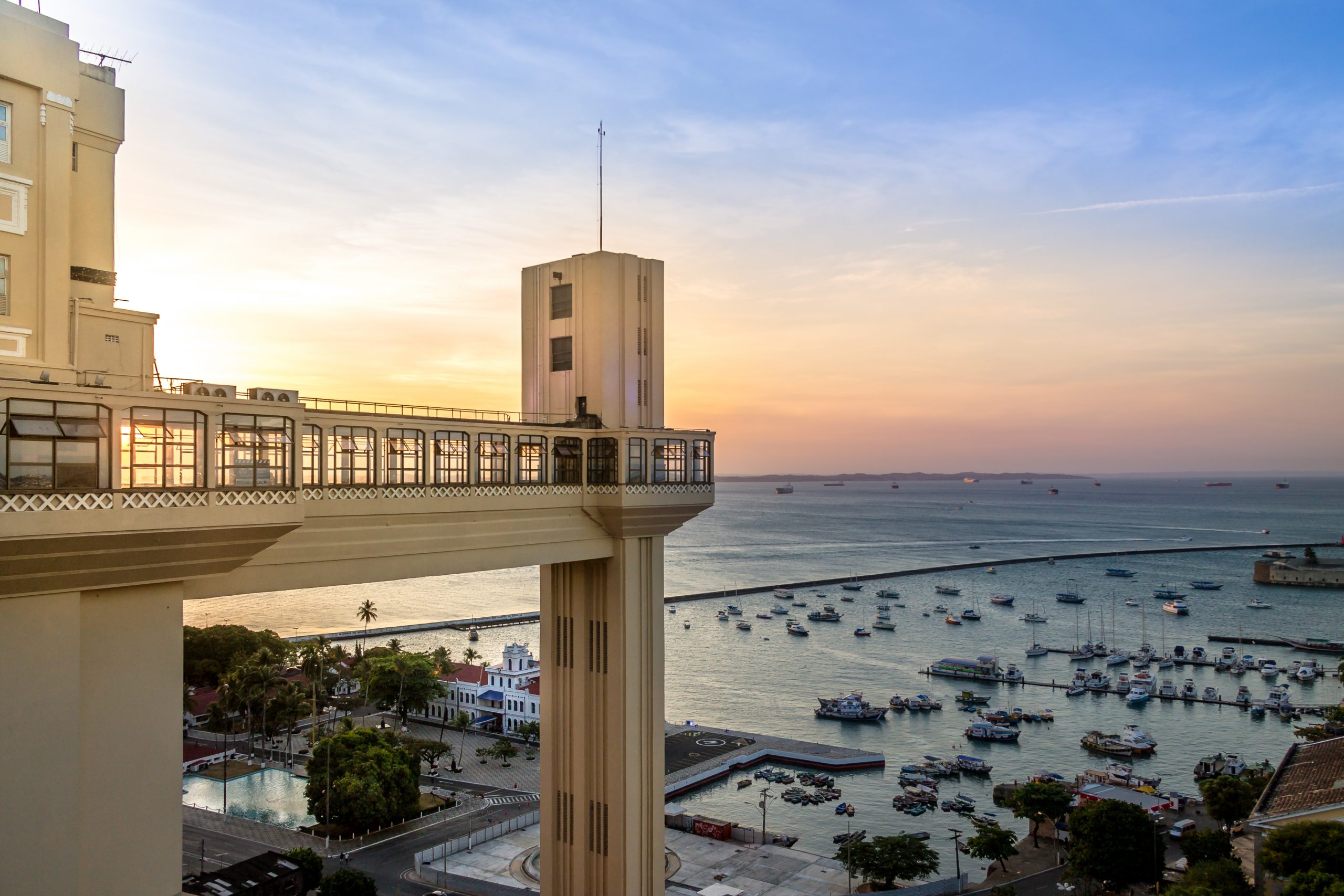
Lacerda Elevator (Brazil)
From those potentials, in the past time, some localities have called for investment in exploitation to promote the advantages of serving the development of scenic tourism, including the introduction of elevators into monuments and landmarks to serve visitors. In May 2011, Da Nang tourism industry officially put into operation the elevator system to the top of Thuy Son in Ngu Hanh Son complex, the elevator has 2 cabins that can accommodate 20 guests/turn. Another ideal destination is Rong May Glass Bridge located at an altitude of 2,200m above sea level, belonging to Rong May Glass Bridge Tourist Area in Son Binh Commune, Tam Duong District, Lai Chau Province. To reach the Rong May Glass Bridge, visitors will be able to take an elevator with a height of 300m, of which about 80m go in the heart of the mountain... The elevator helps visitors admire the scenery from above with very interesting experiences. The taste in the majestic mountain scenery is both beautiful and poetic. This vehicle is especially useful for the elderly and young children or when tourists want to visit many destinations in a limited time.
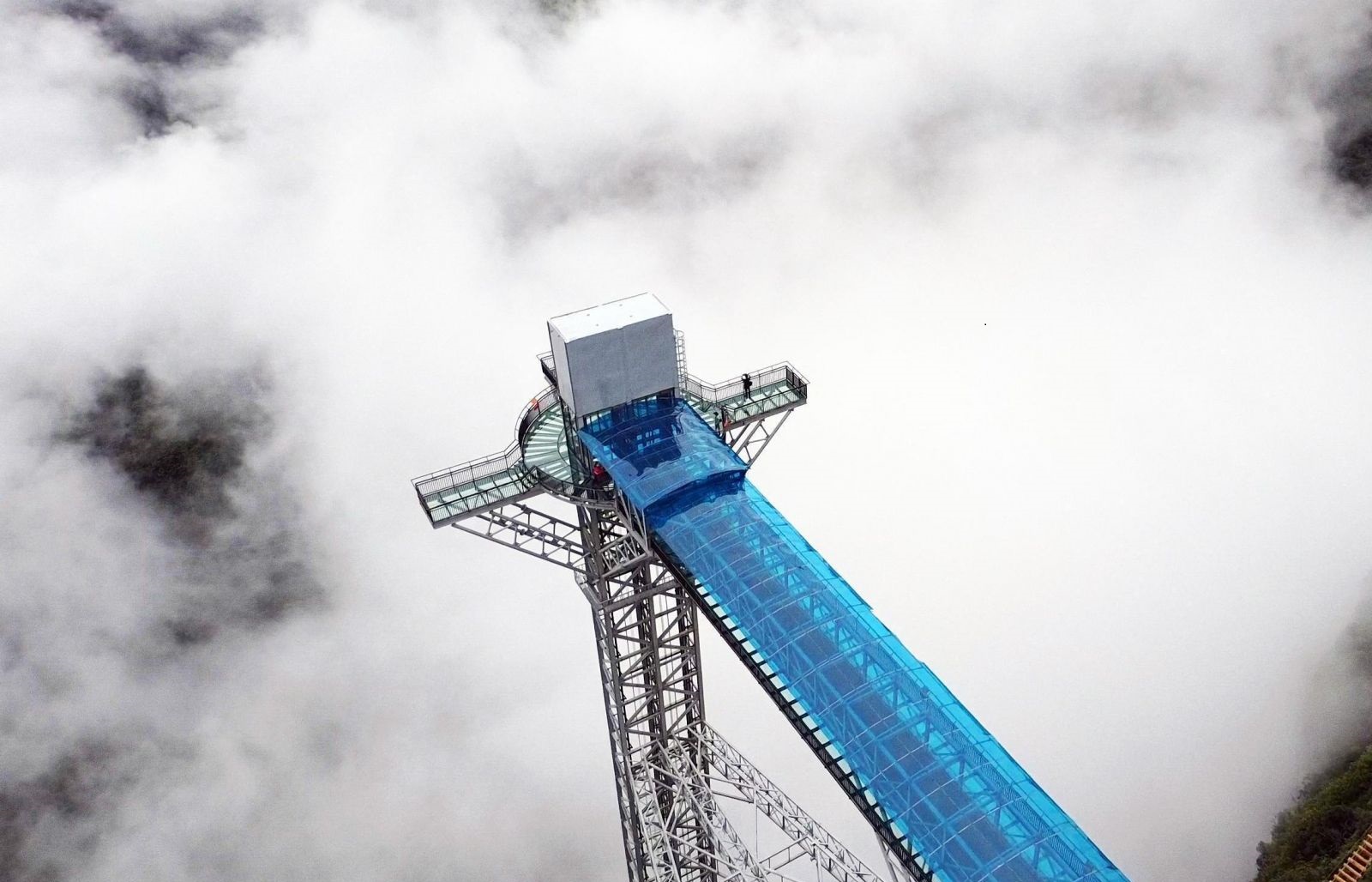
Rong May Glass Bridge (Lai Chau)
Elevators at heritage sites are necessary, but how to design, deploy, install and operate elevators to truly become a bridge for tourism development, serving the needs of people's enjoyment, at the same time time does not disrupt the landscape, does not affect the integrity of the heritage - is a matter to be considered and implemented with caution. If we do not meet those requirements, we can easily lead to disorder, disrupt planning, violate the provisions of the law on cultural heritage and other relevant legal documents and all this leads to mixed reactions among the public and the people.
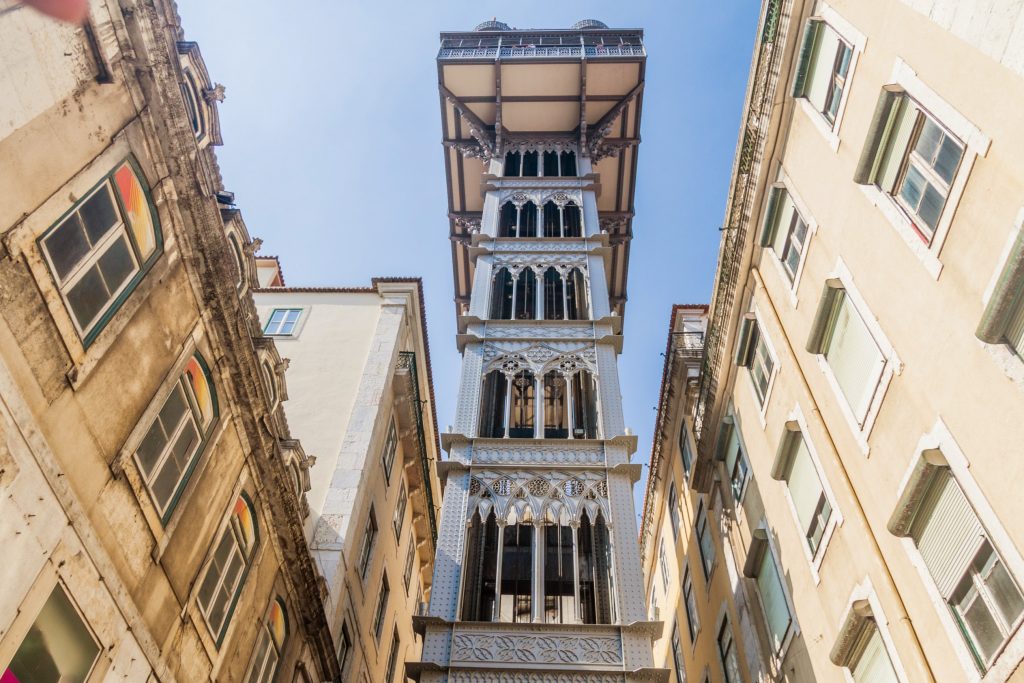
Santa Justa Elevator (Portugal)
The fourth industrial revolution is drastically changing the world economy - society, Vietnam is no exception. In the coming time, we expect that the elevator will become an auxiliary item, a bridge for tourism development at monuments and scenic spots. To do that, first of all, the elevator industry must confirm its location, quality, service and preeminence, suitable for each specific terrain condition, and at the same time need the consensus of the authorities right from the very beginning of planning.
